Mena makes strong New World debut in colorful program
Music of Manuel de Falla, Camille Saint-Saëns and Maurice Ravel were brought to vivid life by the New World Symphony Saturday night under the direction of Juanjo Mena. The conductor was making his New World debut.
The premiere of de Falla’s ballet, The Three-Cornered Hat was given in 1919 with sets and costumes by Pablo Picasso and choreography by Leonid Massine. In this famous work, the composer draws inspiration from the diverse cultural fabric of his native Spain: the varied folk dances of flamenco in the south, the jota from the north, as well as the European gypsy and Moorish traditions. Adding the refined aesthetic of the French school, de Falla finds a compositional language that allows him to blend his cosmopolitan style with the raw and unfiltered expressivity of the folk tradition.
Mena gave us the complete Three-Cornered Hat Saturday at New World Center, rather than just the handful of excerpts. The Spanish conductor seemed to glide through the idiomatic elements of these dances from his native country, leading a passionate and exuberant performance, without sacrificing style and taste.
The music changes texture and instrumentation constantly against on-going rubato and persistent dance rhythms. Mena paced these shifts beautifully, with first-rate control of the orchestra. The woodwinds provided evocative images of the buffoonish Magistrate and the flirtatious sensuality of the Miller’s Wife. The percussion section swayed effortlessly between being coquettish and assertive, and the strings exhibited mastery of a wide range of dynamics and tone color. In her brief contributions, mezzo-soprano, Amanda Crider displayed good control of the modal melodies with neat embellishments and even vibrato.
Ingrid Fliter has garnered a successful international career, but Saturday night the Argentinian pianist did not seem at her best in Saint-Saëns’ Piano Concerto No. 2.
Fliter’s artistic qualities are undeniable. She exhibited powerful projection in the organ-like opening of the first movement, was crisp and sparkling with a light touch in the second, and brought rhapsodic intensity to the octave passages of the finale.
However, this performance felt underprepared and under-rehearsed. The pianist seemed to be overcompensating for her lack of clarity and hurried transitions, with distracting body movements. Although she brought out the melodic inflection of the first movement, she never quite settled into the pocket of the pulse and attacks with the orchestra did not always land together. Fliter’s brilliant touch was fitting for the airy passages of the right hand in the second movement. However, her accents were heavy in the main theme in what should be a breezy gesture. The waltz in the middle section of the scherzo lost its charm and the tarantella-like character of the third movement should have come across with greater rhythmic clarity.
The evening ended with the luxurious and gleaming sonorities of the master orchestrator, Maurice Ravel with Suite No. 2 of the ballet Daphnis et Chloé.
Mena and the New World musicians enveloped the hall with a blanket of rich sound, doing full justice to Ravel’s colorful instrumentation. “Daybreak” opened with the warmth of the sun’s rays depicted beautifully through the resonant viola melody over the shimmering harp arpeggios. The “Pantomime” alluded to the innocent sensuality of the young lovers with gliding glissandi and the bending melody intertwined in the oboe, flute, English horn, and clarinet.
The concluding “Bacchanale” created a wash of sound accentuated by the brass and percussion. Throughout this electrifying performance, the woodwinds displayed exceptional virtuosity.
The program will be repeated 2 p.m. Sunday. nws.edu
Posted in Performances, Uncategorized
One Response to “Mena makes strong New World debut in colorful program”
Leave a Comment
Sun Apr 9, 2017
at 1:23 pm
1 Comment
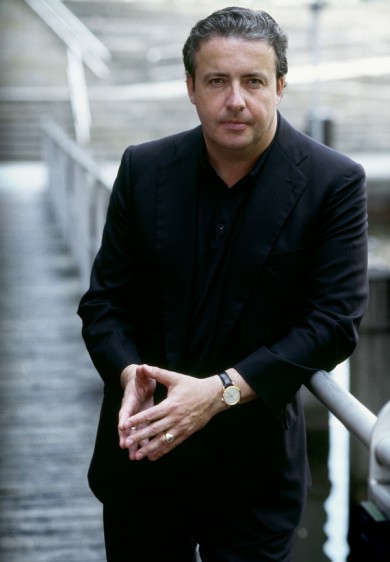
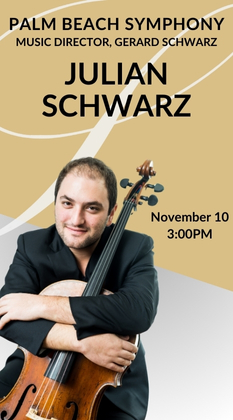
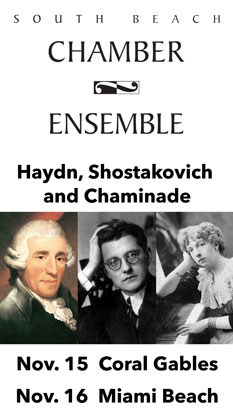

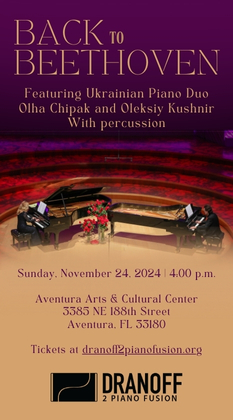


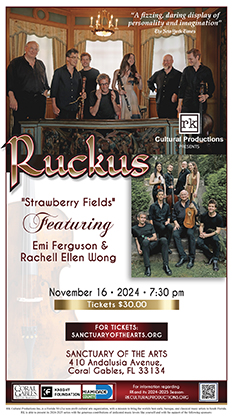
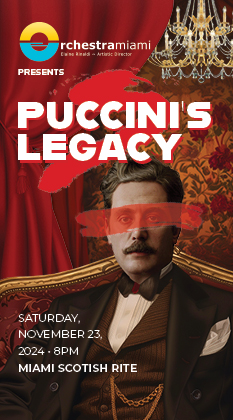
Posted Apr 09, 2017 at 9:24 pm by Hubert Harriman
I attended Sunday and Flitter’s “attacks” landed PERFECTLY with the orchestra. I was really impressed how well they meshed. My only criticism is that in the De Falla, the cellos were much too loud drowning out the wind instruments. Four less celli would have been more balanced